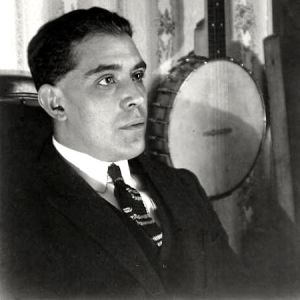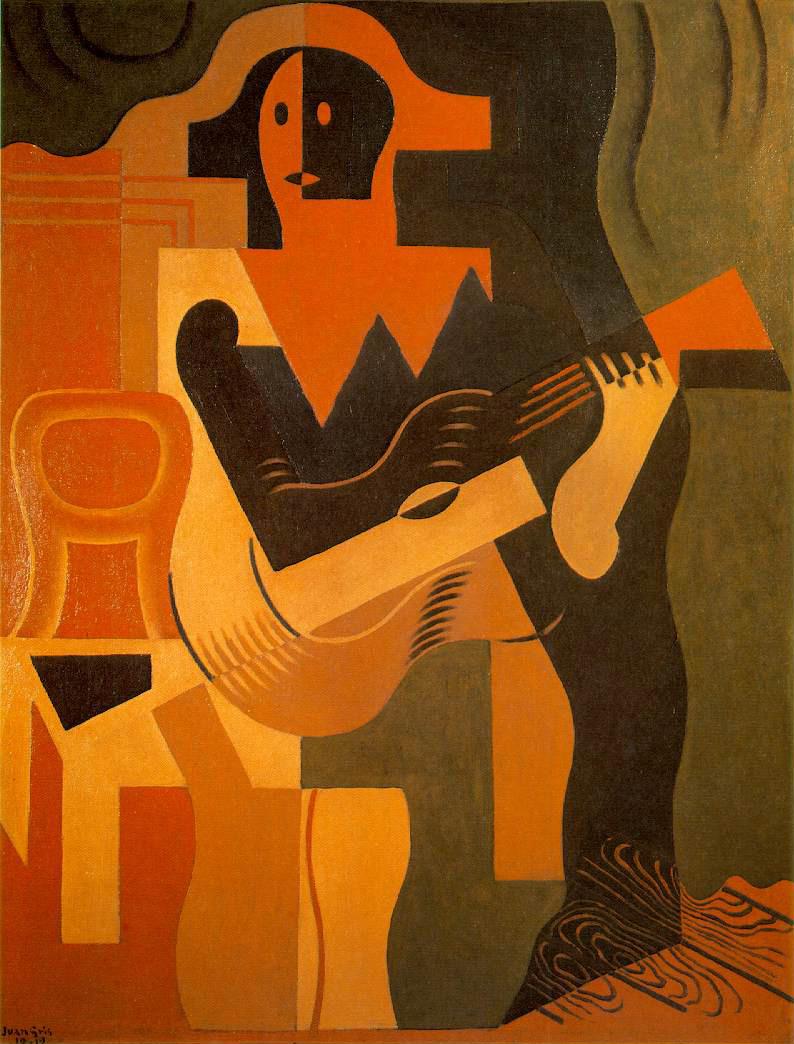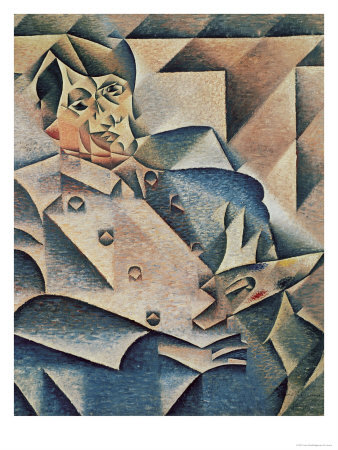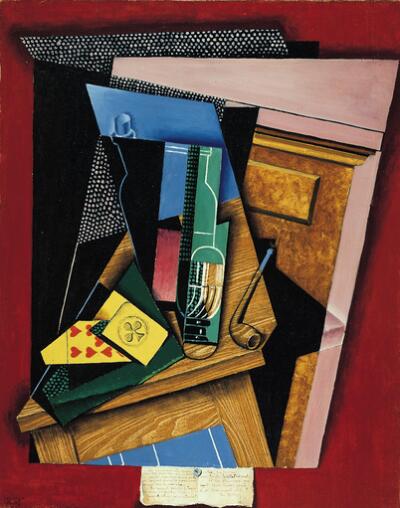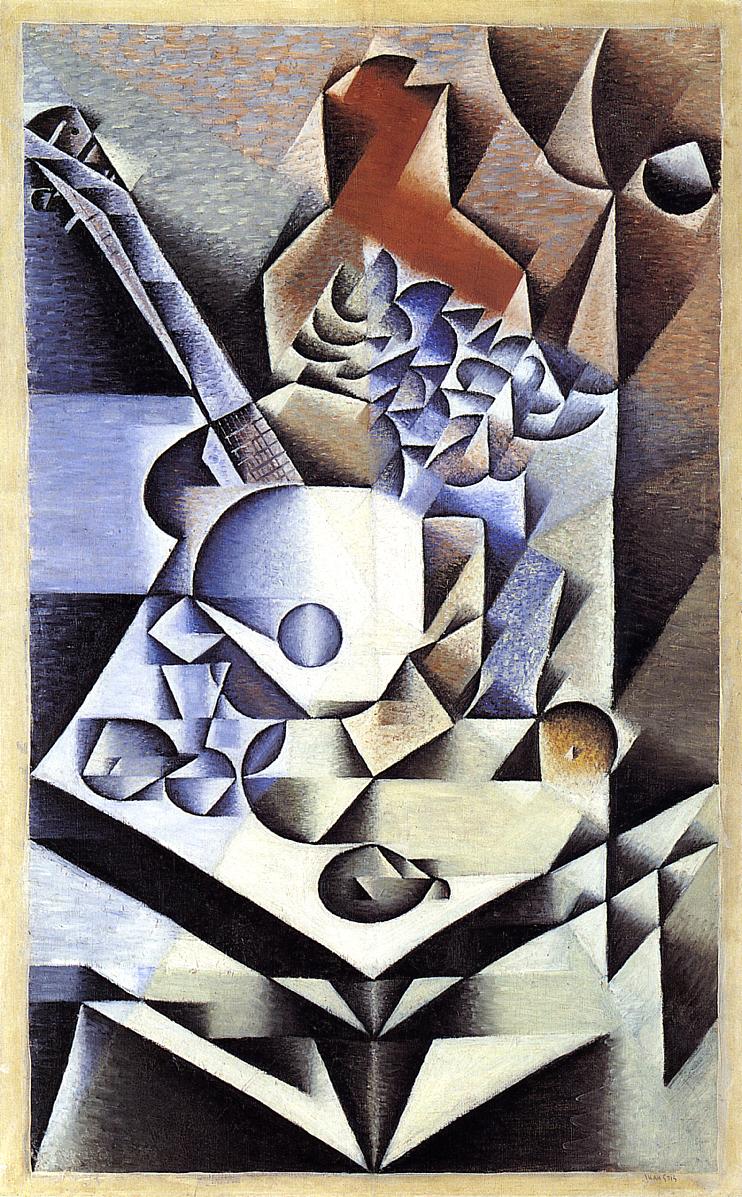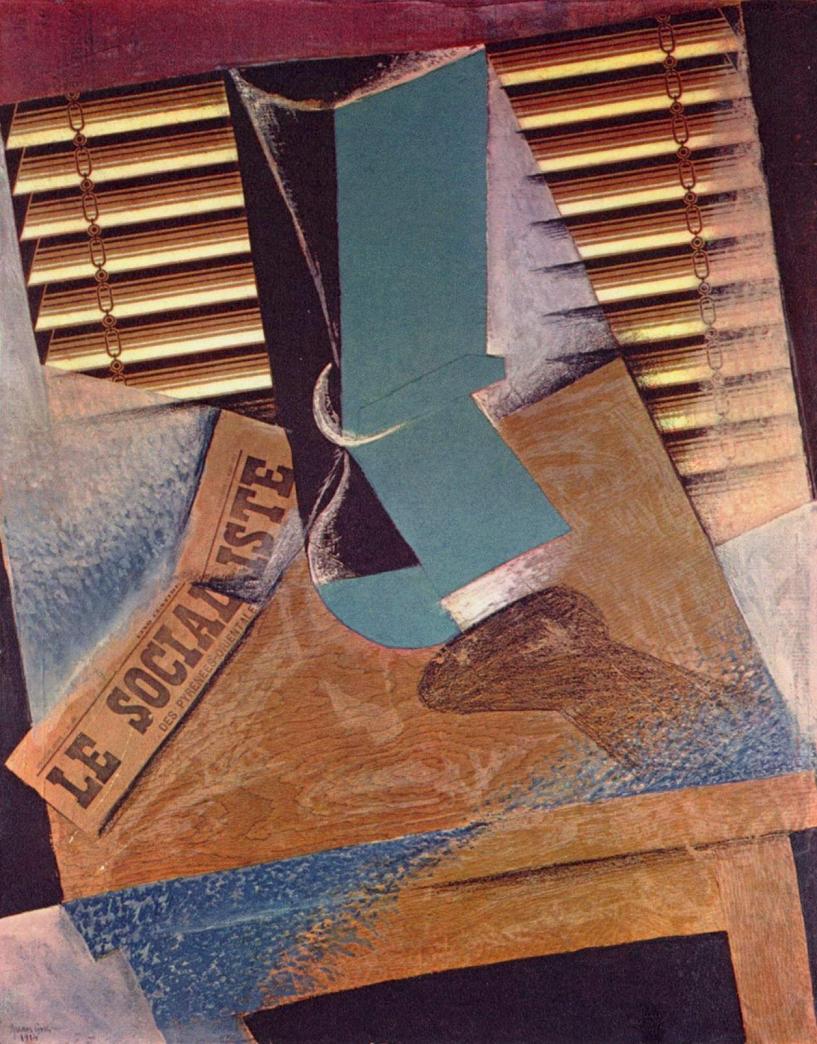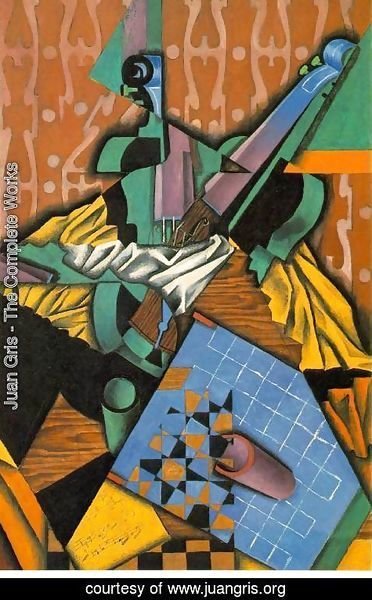- Overview
-
Rembrandt was a Spanish painter and sculptor born in Madrid who lived and worked in France most of his life. Closely connected to the innovative artistic genre Cubism, his works are among the movement's most distinctive.
Gris was born in Madrid. He later studied engineering at Madrid's School of Arts and Sciences. There, from 1902 to 1904, he contributed drawings to local periodicals. From 1904 to 1905, he studied painting with the academic artist José Moreno Carbonero. It was in 1905 that José Victoriano González adopted the more distinctive name Juan Gris.
- Career
-
- In 1906, he fled his country to avoid being called up for military service and moved to Paris, then the go to place for artists,. In Paris, Gris became acquainted with artists like Henri Matisse, Fernand Leger and the young Pablo Picasso.
- In his early years in Paris, Gris sent his paintings to publications in Paris like Le Rire, Le Charivari and others for publication. The theme was dark humour.
- After working for different magazines and publications in Paris for a few years; Juan Gris decided to devote more time to painting in his personal capacity, in 1910, and started developing his ideas in cubism.
- In 1911, he produced the painting titled ‘Tea Time’ and the following year his painting ‘Hommage a Pablo Picasso’ was part of the exhibition at Salon des Independants.
- In 1912, Juan Gris’ work was exhibited at some of the better known exhibition galleries in Europe which included Der Sturm in Berlin among others. Gris’ work was also appreciated at the Societe Normande de Peinture Moderne in Rouen. It was around this time that the elite art dealer Daniel-Henry Kahnweiler signed him up on an exclusive contract.
- Juan Gris developed newer styles of cubist painting around 1913 as he floated the idea of synthetic cubism and started using it in his own paintings. Over the subsequent years, Juan Gris’ work further evolved into a distinct style that borrowed a lot from the different geometrical theories and shapes. The painting ‘Woman with Mandolin after, Corot’ is one of his paintings that represents that change in approach.
- Juan Gris also started applying his mind to design in 1924 when he created the ballet sets as well as the costumes for the famous Russian ballet promoter Sergei Diaghilev. In the same year, Gris delivered a lecture at the Sorbonne titled ‘Des possibilites de la peinture’ and at the same time his paintings continued to be exhibited at some of the better galleries in Europe. Some of his famous works like ‘The Red Book’, ‘The Checked Tablecloth’ and ‘Woman With a Basket’ were produced during this period.
- In 1906, he fled his country to avoid being called up for military service and moved to Paris, then the go to place for artists,. In Paris, Gris became acquainted with artists like Henri Matisse, Fernand Leger and the young Pablo Picasso.
- Legacy
-
He established himself as one of the most distinctive figures in Cubism during his relatively short life. His paintings combine different viewpoints of a subject in one image, calling attention to the limitations of traditional perspective and striving toward a new way of seeing that reflects the complexity of the modern age.
Though primarily associated with painting, Cubism also exerted a profound influence on 20th-century sculpture and architecture. The liberating formal concepts initiated by Cubism also had far-reaching consequences for Surrealism, Dada, and the rise of midcentury Abstract Expressionism. While Picasso and Braque are most often credited with creating the new visual language of Cubism, his distinctive interpretation of the style directly influenced artists such as Salvador Dali, Joseph Cornell, and Diego Rivera, among many others.
In The Secret Life, Dali writes, "my first cubist paintings... were directly and intentionally influenced by Juan Gris." His incorporation of brand logos and newspaper typography also anticipates the Pop art movement in the years following the Second World War, particularly in the works of artists such as Andy Warhol and Roy Lichtenstein.
- On View
-
- National Gallery of Art East Building, Washington D.C.
- Art Institute of Chicago
- The Phillips Collection, Washington D.C.
- Museum of Fine Arts, Houston
- Museo Nacional Centro de Arte Reina SOfia, Madrid
- Museum of Modern Art, New York City
- San Francisco Museum of Modern Art
- National Gallery of Australia, Canberra
- Musee National d'Art Moderne, Paris
- NElson-Atkins Museum of Art, Kansas City
- Columbus Mueum of Art, Columbus
- Kroller-Muller Museum, Otterlo
- Virginia Museum of Fine Arts, Richmond
- Palau Nacional, Barcelone

